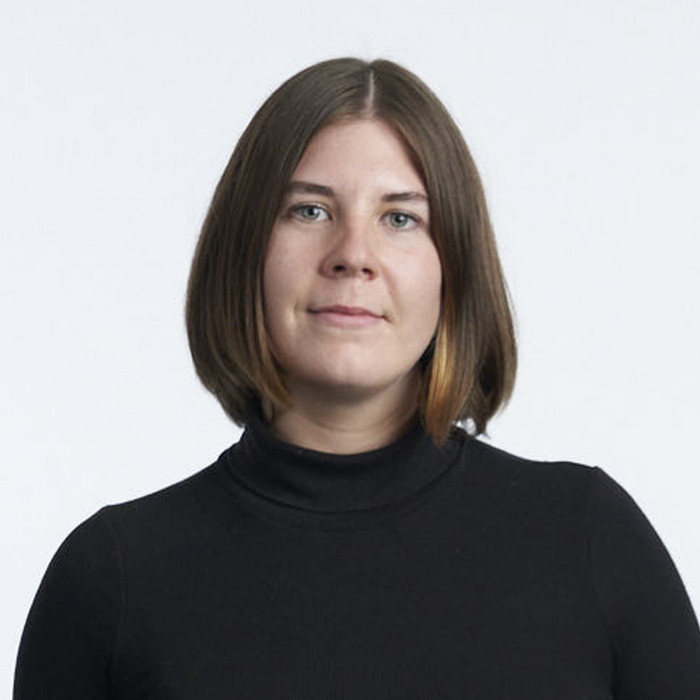
Amanda Seedhouse
PhD Candidate
University of New South Wales
I am currently working as a PhD student in a world class research team, led by Scientia Professor Andrew Dzurak, investigating electron spin qubits in silicon quantum dots for applications in quantum computing at the University of New South Wales in Sydney. My role within the team belongs in a sub-group of researchers who look at the theory and modelling of the experiments undertaken in the team. Before beginning my PhD candidature in Sydney, I completed my master’s in physics at Cardiff University (UK). In Cardiff, I was involved in projects such as the modelling of muon spins for detecting magnetic fields and modelling the terahertz emission from quantum wells embedded within a cavity. My interests lie in seeing how ideas from mathematics and physics can be applied to real world applications.
Strategies for noisy spin-based quantum computing using silicon quantum dots
The field of quantum computation is in an era that is migrating from single spin qubit demonstrations to arrays of spin qubits. Issues that come from scaling up numbers of spin qubits includes mitigating the noise that detrimentally effects spin qubit devices. This thesis studies techniques to reduce noise effects on spin qubits in silicon MOS (metal–oxide–semiconductor) quantum devices. There have been demonstrations of high fidelity single- and two-qubit gate operations necessary for quantum computation. However, for full-scale quantum computation, one needs reliable high f idelities in systems with multiple qubits, enabling quantum error correction codes to be useful. Quantum error correction codes are necessary to be able to perform quantum computing algorithms. Methods to universally reduce noise in the qubit systems need to be studied to ensure arrays of qubits are reaching the required conditions for error correction. Sources of noise and noise reduction techniques are explored in this candidature through theoretical methods. Explorations include scalable methods of readout using the Pauli exclusion principle, namely the origin of parity readout; using a global control field to resonate with spin qubits, reducing the effect of stray electromagnetic noise and creating a scalable method of control; and looking at the microscopic origins of noise sources in silicon MOS devices